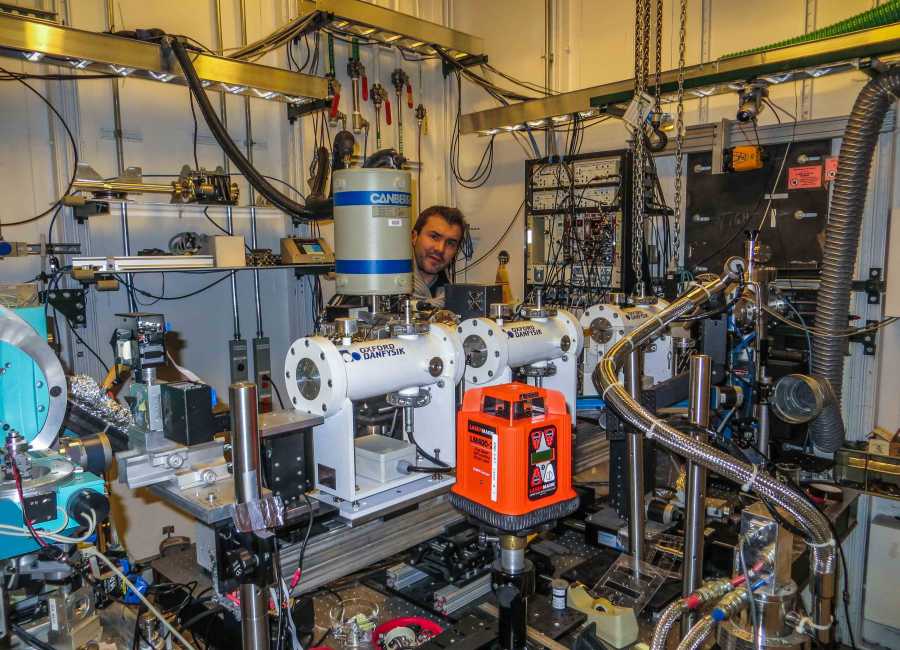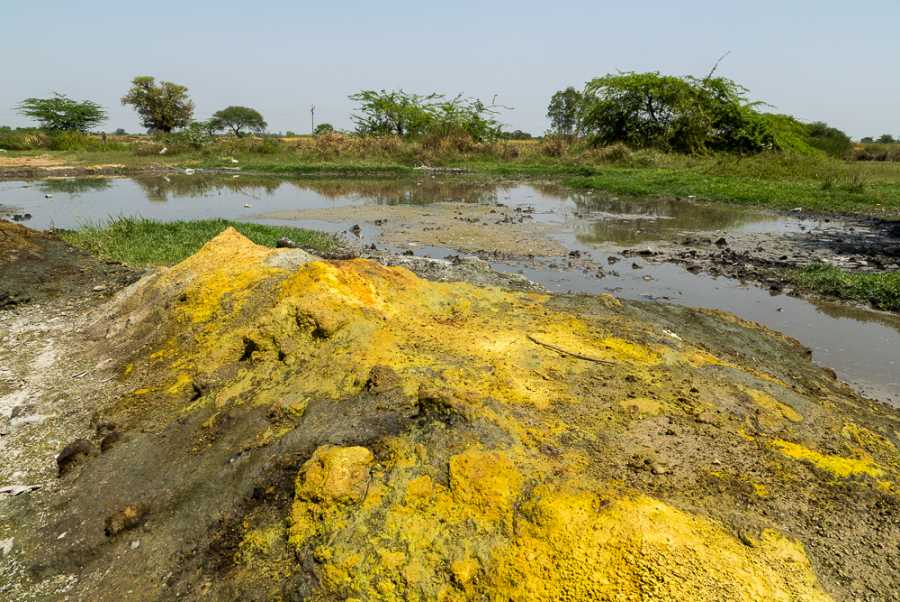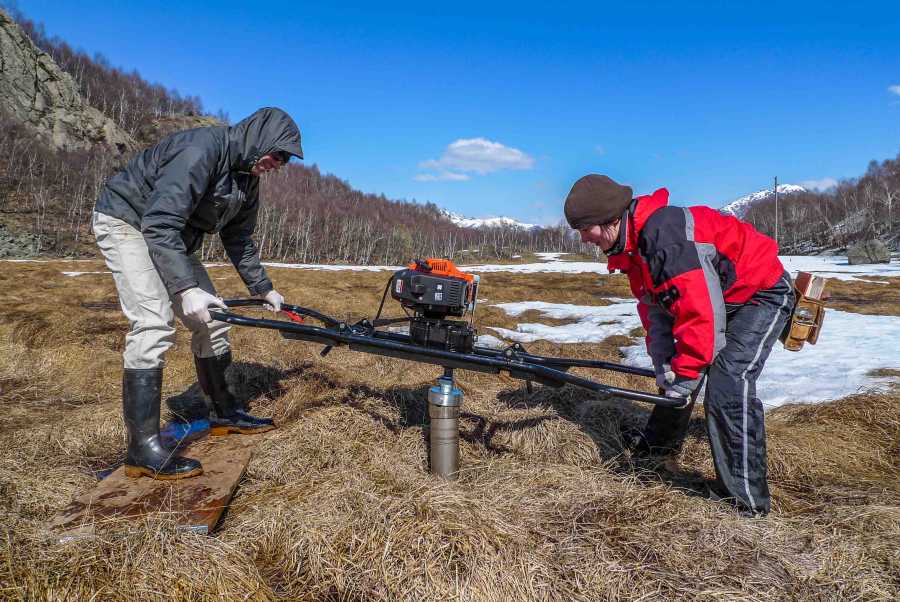Research
Childpage navigation

The Environmental Chemistry group developed laser spectroscopy-based and electrochemical methods for characterizing the redox properties of natural organic matter and other geochemically important materials, relevant to element cycling and organic pollutant transformation reactions. They also have a long-standing industrial collaboration on the fate of plastics in soils (addressing Sustainable Resource Use).
The Environmental Microbiology group explores the microbiology of anoxic ecosystems and focuses on microorganisms that convert the greenhouse gases carbon dioxide and methane, which are linked to Climate Change. Through a combination of metagenomics, microbiology, and biochemistry, they study the impact of anaerobic bacteria, archaea and extrachromosomal elements on biogeochemical cycles, and illuminate the fundamental principles they employ to do so.
The Environmental Physics group advanced understanding of global changes and variations in ocean biogeochemistry by investigating the interplay between climate, ocean dynamics, and biogeochemical C cycling, and by studying marine ecosystem functioning over a wide range of spatial and temporal scales. Using new data, the group demonstrated that the Southern Ocean carbon sink strengthened over the past decade, which attenuated previous concerns about its earlier weakening trend.
In the context of Ecosystem Processes and Services, the Inorganic Environmental Geochemistry group advanced knowledge of the biogeochemical cycle of the essential element selenium, from the organismal to the global scale. The group demonstrated that atmospheric deposition is likely an important selenium source to soils and thus terrestrial food chains. Furthermore, the group predicted that changes in climate and soil organic carbon content will lead to overall decreases in global soil selenium concentrations, which could increase the prevalence of selenium deficiency.
Related to the Biodiversity focus, the Microbial Systems Ecology group discovered how bacteria cope with fluctuations in environmental conditions. They demonstrated that, when bacteria experience nutrient limitation, the metabolic diversity among single cells in clonal populations increases, enabling clonal populations of bacteria to cope with sudden changes in external conditions. These findings are essential to predict the effects of changes in environmental conditions on bacterial populations and their functioning.
In the context of Resource Use, the Soil Chemistry group discovered new mechanisms for the binding of trace elements in soils. The group demonstrated that arsenic (As) binds to organic sulfur in wetland soils, which has important implication for the mobility of As. The group currently investigates the biogeochemistry and plant uptake of As and cadmium in rice, relevant to the Food Security focus.
The Physical and Tracer Oceanography group advances our understanding of ocean dynamics by investigating the water mass pathways, their transport (or ventilation timescales) and mixing patterns. Leveraging state-of-the-art technologies, they primarily use observations of radionuclides’ presence in seawater as a tool to assess changes in ocean dynamics and ultimately evaluate the storage of anthropogenic carbon in oceans. The primary focus of the research lies in the Arctic and North Atlantic Oceans, two key areas playing a crucial role in feeding the main engine of global oceans.


